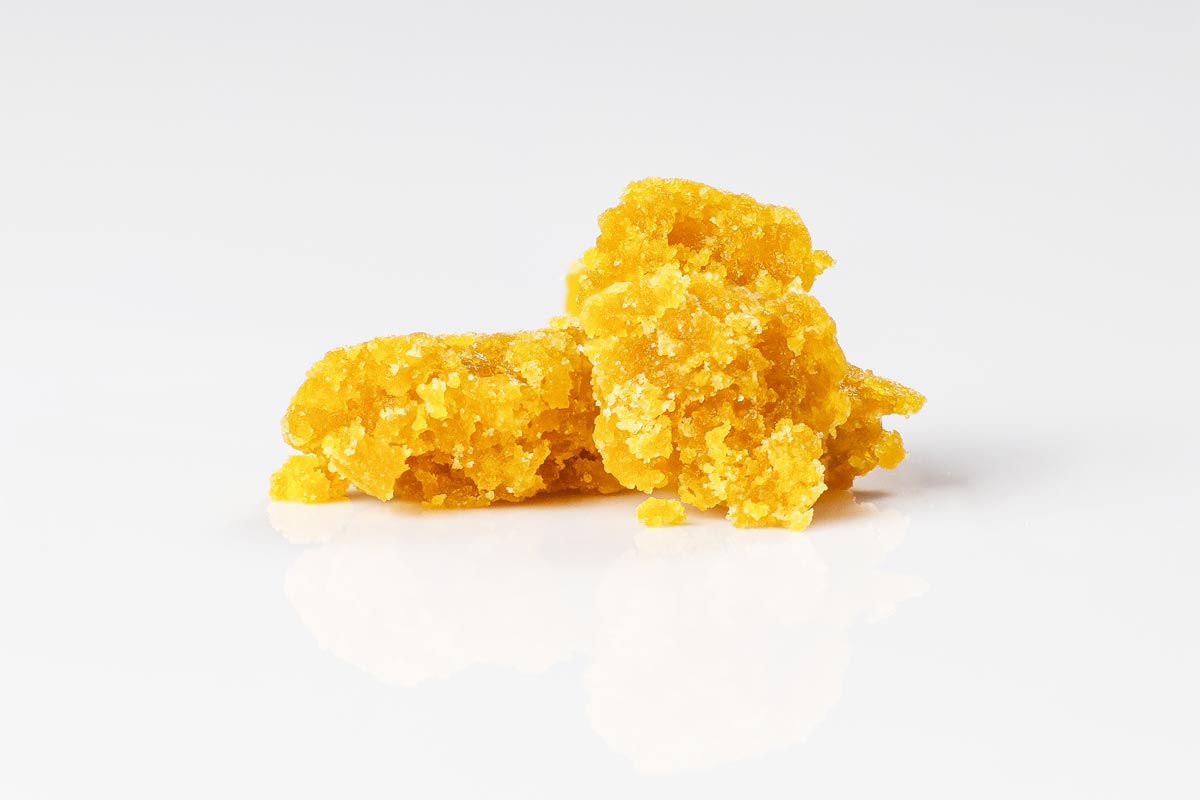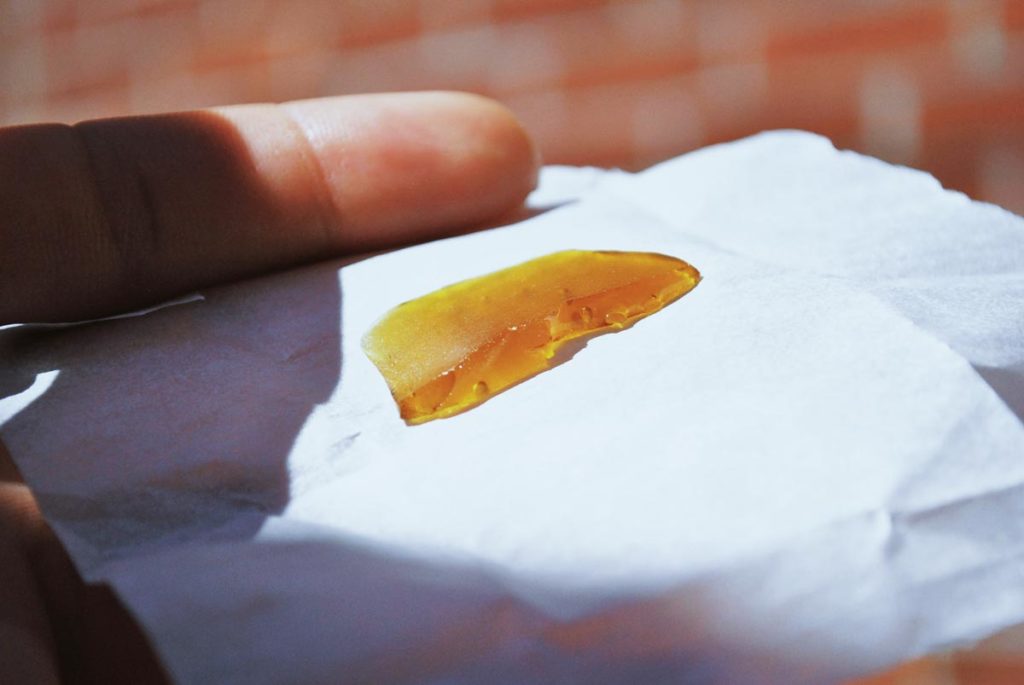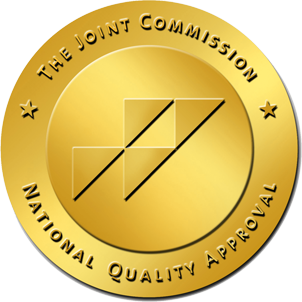
As cannabis has become legalized, more advanced forms of the drug have started hitting the market. One of those is known as “dabs”. Also called “Wax”, “shatter”, “amber”, “honeycomb”, and “budder”, dabs are a form of cannabis extract. This extract is made by extracting active ingredients from a cannabis plant, resulting in a significantly higher THC product. Today, dabbing is increasingly popular with both adults and children. A large number of teens now try and regularly use dabs. And, dabbing is both legal and readily available in states with legalized recreational cannabis use. That can be important, considering dabs have a THC content as much as 12 times higher than a regular joint. If you or a loved one is dabbing, it’s important to understand what the drug is, how it works, and how it might affect your long-term health.
What are Dabs and How Are They Made?
Dabs are normally made as an extract. In most cases, this means someone takes the cannabis plant other than the flower or bud, and chemically treats it. In the case of dabs, butane or C02 extraction is used to pull the resin from the plant. This congeals into a thick, waxy substance – which is where the substance gets its name. While it’s not pure active ingredient, dabs can contain up to 76% THC. That’s a long way from the average 1.5-26% you see in normal cannabis.
Once the substance dries into a hard plate, it’s broken into tiny amounts and normally smoked at extremely high temperatures. This shattered dab is normally sized to fit into a special pipe called a “rig” or a “Nail”.
Of course, there are proponents of dabs as well.
- Dabs allow medical users to get more active ingredient with less smoking
- Dabs contain less plant matter, so could be healthier for the lungs
- Many shops sell dabs in strictly controlled THC amounts with dosing
- CBD dabs are also available. For example, in Co2 oil, THC is specifically removed from the mass
- Some dabs are made with heat extraction only. This is known as Rosin.
Others claim that the largely chemical extraction process of dabs might be dangerous. Some anti-dabbing users also suggest the high heat needed to dissolve dabs makes smoking the substance more dangerous. However, there are few studies into the safety of dabs in general.
Using Dabs
Using dabs is definitely more dangerous than smoking a cigarette or a joint. In fact, dabs are often placed into special pipes called “Nails”. These pipes are then heated with blowtorches to achieve the quick, high heat needed to melt the dab. This can result in burns if the user isn’t careful.
Of course, some manufacturers are now offering electronic nails for dabbing. These vaporizer-like machines use electricity to heat the dab, making the full process much safely. However, E-Nails are still extremely hot and can result in burns.
Get Your Questions Answered
Our expert & caring staff on site are available 24/7. Call us today.
Risks of Using Dabs
While dabbing is relatively common, it comes with a lot of potential risks.
Burns – Nails are often heated with a blowtorch. Even E-Nails are extremely hot. Users who are not careful can easily start fires, burn themselves, or shatter pipes.
Pollutants – While some dabs are made entirely with heat, most are made using chemical extraction. Unfortunately, many are also made at home, by amateurs. So, there is always a risk of pollutants in dabs. Many shops invest in high quality extraction methods and deliver “Pure” dabs. Many others do

not. As a result, 80% of resin extracts tested in one study contained traces of solvents. This means dabbing could present unknown risks to the lungs, lung health, and physical health through toxicity of those solvents. Of course, it depends on what the extractor used and how much is present, but the risks are there.
THC-related Toxicity – Dabs are extremely high in THC. This can mean users only have to smoke a little to get the desired “high”. More often than not, it means they get significantly more high than they would if smoking or vaporizing cannabis products. For example, many dabs are as high as 76% THC. If you’re smoking that at 40% efficiency, you get the equivalent of smoking 20 joints, in one hit. THC Toxicity can be dangerous. For example, users can have cardiac symptoms like arrythmia, heart attack, and stroke-like side-effects. Users also see increases in psychotic effects, with temporary psychosis and breakdowns. Risks of THC toxicity only apply if users smoke a large dose. Anyone who uses a very small dose to control THC content won’t see these kinds of issues.
Potential for Addiction – Any cannabis product comes with a low risk of addiction. However, the more and more often you use, the higher the risk. That normally means high-THC content smoking like dabbing presents a higher risk than smoking. At the same time, someone who dabs once a week would have a significantly lower risk than someone who dabs once a day. Eventually, 10-20% of daily smokers end up with chemical dependency. A smaller number end up with addiction. The full risks of dabbing versus smoking have not been studied. Therefore, it’s best to approach dabbing with caution, to avoid smoking every day, and to treat it like a substance that can be addictive – because it is.
Eventually, dabbing is just a new way to consume cannabis. At the same time, it’s a highly concentrated form of cannabis – which could have as-of-yet-unknown repercussions to health and side effects. Dabbing could improve the health of smoking by allowing users to smoke less and to inhale less plant matter. It could increase risks by raising the temperature of smoke and exposing the user to chemical pollutants. And, it could result in large numbers of burns. Plus, with considerably higher THC content, it’s much easier for a casual user to accidentally inhale too much and reach THC toxicity.
The best idea is always to treat a drug with caution. Measure use, make sure you’re not going overboard, and don’t smoke every day. If you think that you or a loved one already has a problem, treat it as such. Addiction or substance use disorders are treatable with behavioral therapy, counseling, and group therapy. In fact, most take the approach of determining why you might turn to substance abuse in the first place, work to correct those problems, and then work to build tools that allow you to live a happy life without drugs or alcohol. Whether that means building stress coping mechanisms, offering good habits, or helping you move past trauma depends on the individual.
Dabbing is fully legal in many U.S. states. However, like alcohol, it can present risks and can be dangerous. Treat it with caution, use responsibly, and if you have a problem, there is help.
If you or your loved-one struggles have any questions concerning treatment for drug addiction please contact us today and speak with one of our experienced and professional intake advisors. We’re here to help you recover.






